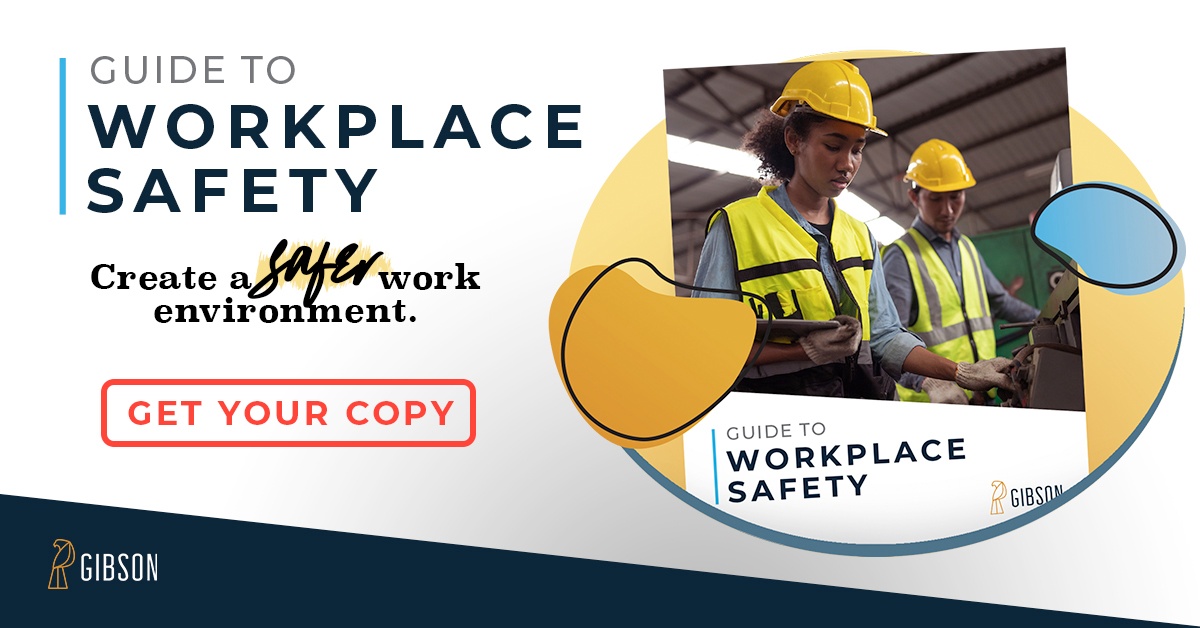Workplace injuries are a fact of life in some industries. If you work with heavy machinery or spend your day on your feet, you are unlikely to go your entire career without injuring something. Even sitting at a desk typing all day has it’s hazards. Most business owners are very aware of the risks associated with their day-to-day business.
Something that often gets missed is the return to work plan. When people do get injured, inside or outside of work, they will eventually return. As much as you plan to avoid these injuries it’s also important to create a plan to reintegrate injured employees into your workforce.
Develop a Plan
Before you are in need of a return to work program, have your procedure in place. Studies show that an injured worker who is off work for more than six months only has a 50 percent chance of ever returning to full employment. A return to work program should be designed to accommodate restrictions while transitioning the injured worker to full productivity.
Be Creative
The key to an effective return to work plan is to be flexible and creative with your employee’s duties. Every injury is different so while you can create a structure, you need to adapt your plan to meet the injured employees’ needs. If their previous role is unsuitable for short hours or transitional duties, find a way to use the asset that your employee still is until they are ready to return to their previous role.
Partner with Your Medical Provider(s)
An effective return to work program must include open and clear communication with your medical provider(s). It is only when your provider clearly understands your business that he or she can provide reasonable restrictions for accommodation.
Communicate
The key to virtually every challenge presented is communication. Be sure you have communicated your return to work process with your employees, your providers and your insurance carrier. Lack of clear communication leads to confusion and misunderstanding which can directly and indirectly impact costs.
Even the best risk management strategies leave some room for workplace injuries. When the employee comes back, you need to make sure you have the best possible return to work plan too.



